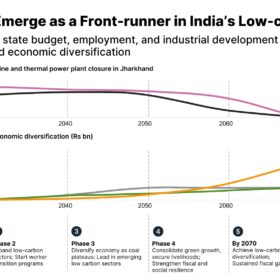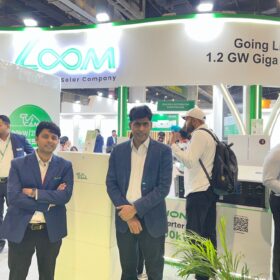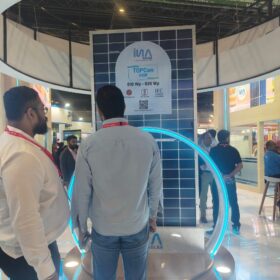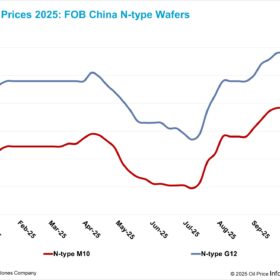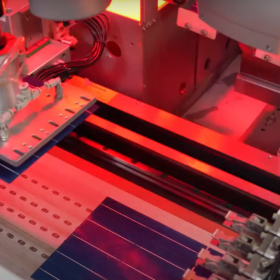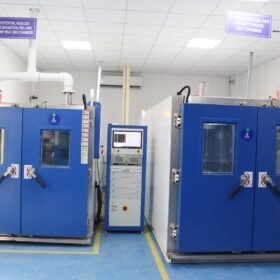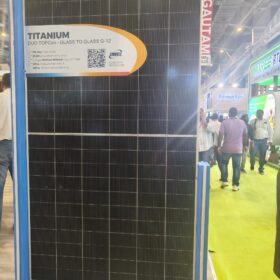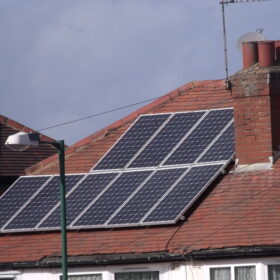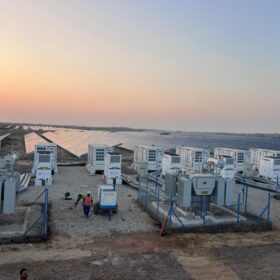India’s solar module production capacity to reach 215–220 GWp by FY28: CareEdge Ratings
India’s solar module manufacturing capacity is expected to reach 215–220 GWp by FY28, driven by strong policy support, growing domestic demand, and export opportunities, according to a new report by CareEdge Ratings. The country’s solar cell manufacturing capacity is also projected to rise sharply to around 100 GWp by FY28.
Jharkhand can emerge as a front-runner in India’s low-carbon transition
Jharkhand’s vast renewable energy potential, combined with its industrial base and critical mineral reserves, positions the state to emerge as a hub for low-carbon manufacturing, ranging from EVs, solar panels and battery energy storage systems (BESS) to green hydrogen production.
Loom Solar showcases 730 Wp modules at REI 2025, announces 1.2 GW module factory in Uttar Pradesh
Loom Solar showcased its TOPCon and HJT PV modules up to 730 Wp, battery energy storage systems ranging from 1 kWh to 5 MWh, and made-in-India PV inverters from 3 kW to 50 kW. The company also announced plans to set up a 1.2 GW module factory in Uttar Pradesh.
Australia’s PowerCap enters U.S. with sodium-ion batteries
Australia’s PowerCap has entered the US market with its sodium-ion stationary storage systems and plans to build a manufacturing facility to serve customers across the Americas.
INA Solar to begin G12R TOPCon cell production by September next year
Deepak Jain, Chief Technical Officer (CTO) of Insolation Energy (INA Solar), told pv magazine that they are eyeing major capacities in TOPCon G12R cell production and backward integration into ingot and wafer manufacturing. The company will begin commercial production of G12R solar cells by September next year, with an initial capacity of 4.5 GW in its Phase 1 rollout.
Solar wafer prices stable, with emerging downward pressure despite policy interventions
In a new weekly update for pv magazine, OPIS, a Dow Jones company, provides a quick look at the main price trends in the global PV industry.
India solar module output to exceed 125 GW in 2025, says Wood Mackenzie
Wood Mackenzie says in a new report that India’s solar manufacturing boom risks overcapacity and calls for a shift from expansion to cost competitiveness.
Jakson Solar inaugurates advanced in-house reliability testing lab
The state-of-the-art facility is equipped with high-precision testing equipment specifically designed to continuously test and evaluate solar PV modules and their components. The modules are subjected to extreme climatic conditions, simulating the stresses they will endure over their operational life.
Emmvee unveils 715 Wp G12 n-type glass-glass TOPCon module
Emmvee has unveiled Titanium Duo G12 n-type bifacial (glass-glass) TOPCon module with power output of 715 Wp and an efficiency of 23.18%.
Global solar module, inverter market to reach $115.8 billion by 2030
UK-based analysts GlobalData predict growth in the world’s solar module and inverter markets through to the end of the decade will be driven by the Asia Pacific region.

